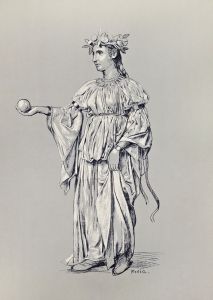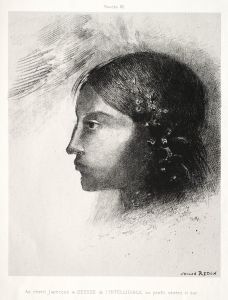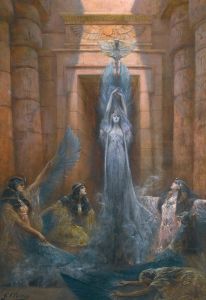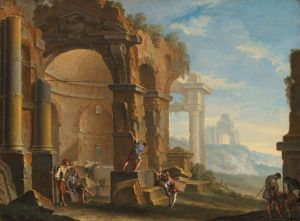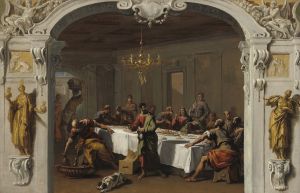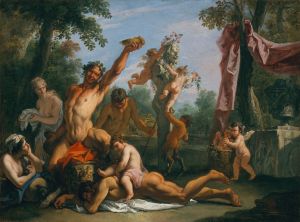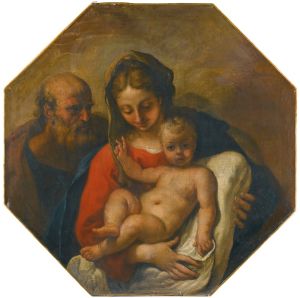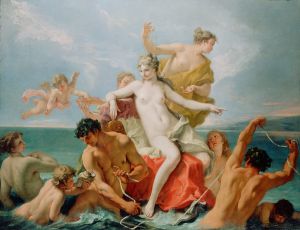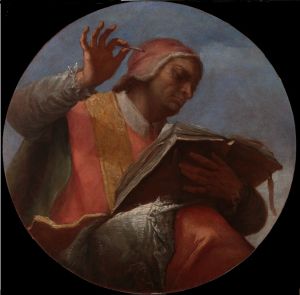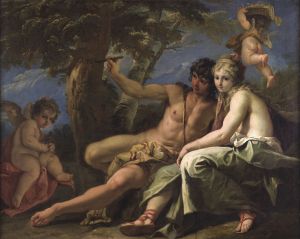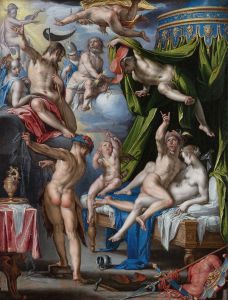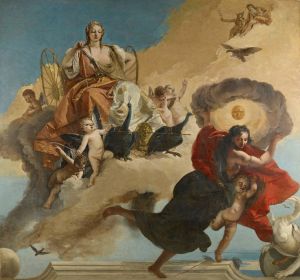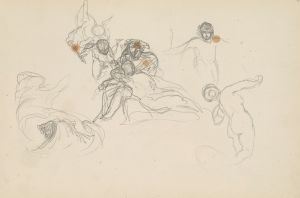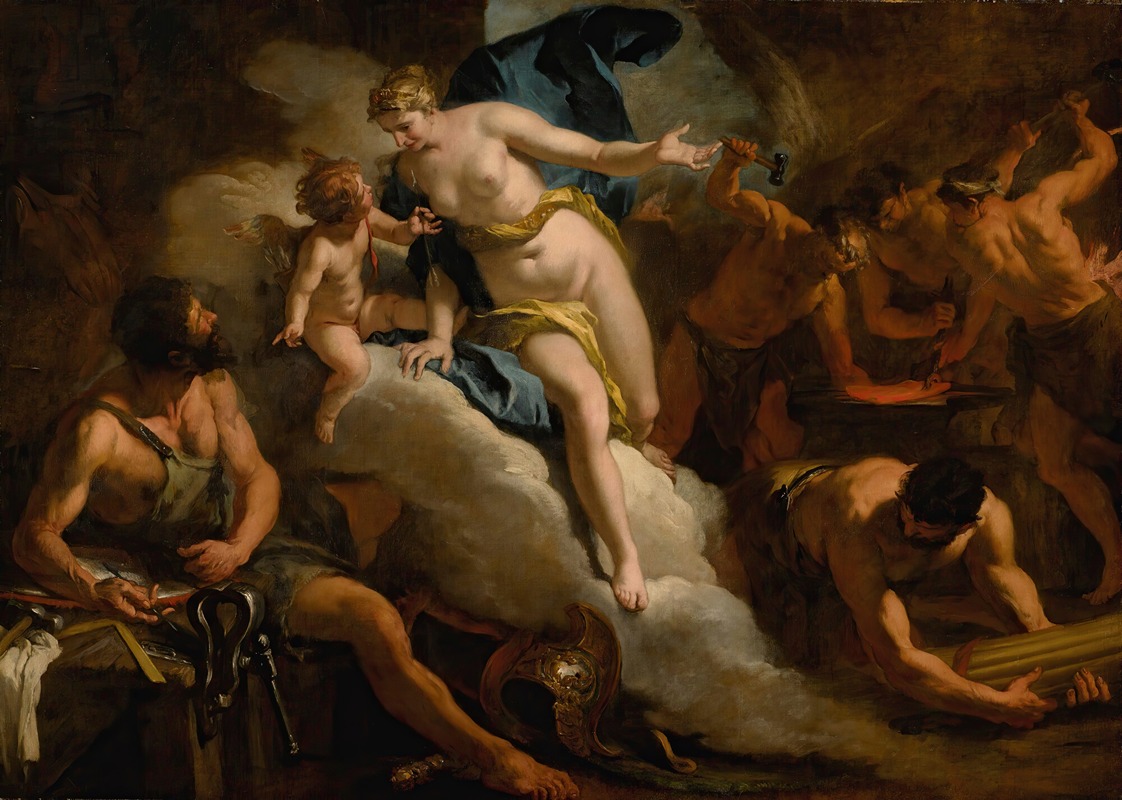
Venus In The Forge Of Vulcan
A hand-painted replica of Sebastiano Ricci’s masterpiece Venus In The Forge Of Vulcan, meticulously crafted by professional artists to capture the true essence of the original. Each piece is created with museum-quality canvas and rare mineral pigments, carefully painted by experienced artists with delicate brushstrokes and rich, layered colors to perfectly recreate the texture of the original artwork. Unlike machine-printed reproductions, this hand-painted version brings the painting to life, infused with the artist’s emotions and skill in every stroke. Whether for personal collection or home decoration, it instantly elevates the artistic atmosphere of any space.
Sebastiano Ricci's Venus in the Forge of Vulcan is a Baroque painting that exemplifies the artist's dynamic style and his ability to depict mythological themes with dramatic flair. Sebastiano Ricci (1659–1734) was an Italian painter known for his contributions to the late Baroque period, and his works often featured vibrant colors, fluid compositions, and a sense of theatricality.
The painting portrays a scene from Roman mythology, where Venus, the goddess of love, visits the forge of Vulcan, the god of fire and craftsmanship. According to mythological accounts, Vulcan was tasked with creating weapons and armor for the gods, and in some versions of the myth, Venus persuades him to forge a special set of armor for her mortal lover, the hero Aeneas. Ricci captures this narrative with a focus on movement, light, and the interaction between the figures.
In the composition, Venus is typically depicted as a central figure, radiating beauty and grace, while Vulcan is shown surrounded by his tools and assistants, emphasizing his role as a craftsman. The setting of the forge is often characterized by a warm, glowing light, symbolizing the heat of the fire and adding to the dramatic atmosphere of the scene. Ricci's use of color and light enhances the emotional intensity of the moment, a hallmark of Baroque art.
While specific details about the commission or provenance of Venus in the Forge of Vulcan are not widely documented, the painting reflects Ricci's broader engagement with mythological subjects and his ability to adapt classical themes to the tastes of his patrons. Ricci was active in various artistic centers across Europe, including Venice, Florence, and London, and his works were highly sought after by aristocratic and ecclesiastical patrons.
The painting is an example of Ricci's skill in blending classical mythology with the stylistic innovations of the Baroque period. His dynamic compositions and expressive figures influenced later artists and contributed to the development of the Rococo style. Today, Venus in the Forge of Vulcan is recognized as an important work within Ricci's oeuvre, showcasing his mastery of narrative and his ability to bring mythological stories to life through art.
Further information about the painting's current location or specific historical context may not be readily available, as detailed records of Ricci's works are sometimes incomplete. However, the painting remains a testament to Ricci's artistic legacy and his contribution to Baroque art.





